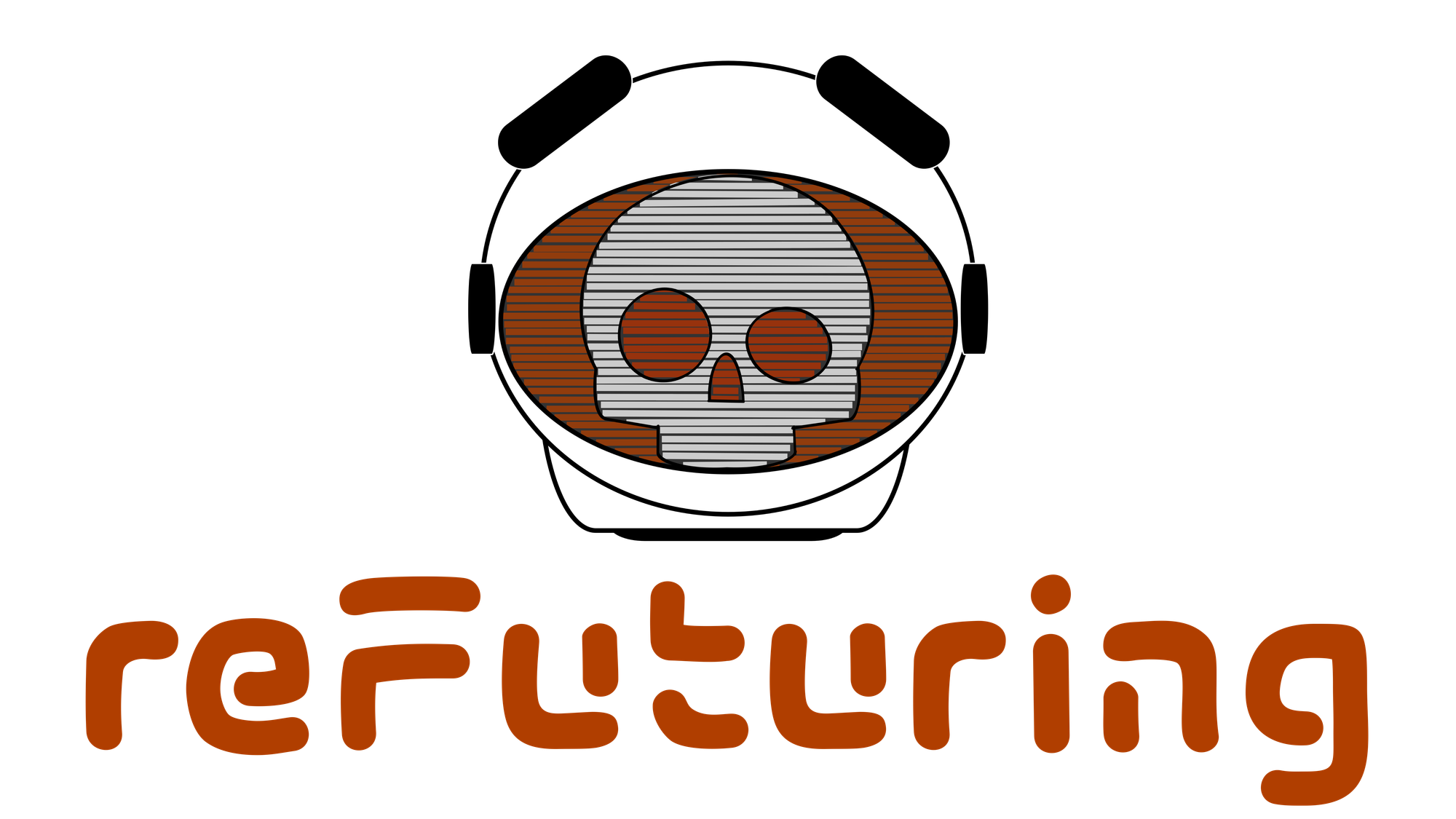AI Pop Stars
As Bruce Sterling once said, "whatever happens to musicians happens to the rest of us eventually." So I like to keep up on these things.

This is a logical consequence of turning pop music into a factory assembly line, really. Once a producer becomes the main focus, assembling beats, hooks, sounds, samples, it's a short step to using AI to generate some shit lyrics and then, ultimately, replacing a human singer with an AI-generated voice and image.
Of course, Bill Gibson predicted this back in Idoru and so HERE WE ARE AGAIN BILL GODDAMNIT
Sheldon Pearce over at NPR has some excellent insights into this monstrosity.
As a creative ideal, "artificial pop" feels profoundly disconnected from passion or purpose. Speaking about the platform's societal function last year, Suno co-founder Mikey Shulman put forth a head-spinning theory of what music is for, saying that Suno would correct a "lopsided" imbalance between the people who listen to music and the people who make it. "The way we think about this is we're trying to get a billion people much more engaged with music than they are now," he said. That take appears to minimize listening as a primary form of engagement — but Shulman has also been dismissive of the inherent rewards of creating, saying in January, "I think the majority of people don't enjoy the majority of the time they spend making music."
It's quite clear that Timbaland isn't using Sumo to enhance his creativity. It's all about labor replacement.
The big idea is that you can crank out a lot of ideas very quickly with little effort — a formula for more, not necessarily for advancement, and a new existential threat to an already besieged musician class. In 2022, 80% of artists on Spotify had fewer than 50 monthly listeners; imagine how the math might change with people generating hundreds of songs in a few minutes.
But if Suno's purpose is to be an allusion generator, it may not really matter if the result is listenable — or even that Timbo is feeding his own creations into the digital shredder to make confetti. Broadly speaking, it is still designed to repurpose preexisting labor toward limiting future human input.
All LLMs Are Really Demons Anyway
So, as it turns out, people really like doing evil things in the traditional sense with LLMs.
Take for instance this guy, who trapped an LLM in a lamp, er...resource-limited computer designed to drive the LLM insane as it slowly died. https://www.xda-developers.com/llm-raspberry-pi-art-piece/
Rootkid achieved this using a Raspberry Pi 4B and installing the Llama 3.2 3B model on it. Rootkid opted for this model in particular because he could squash it down to 2.6 GB in size, allowing it to live within the Raspberry Pi 4B's 4 GB of RAM. There's just one problem. The LLM can start on 4 GB of RAM, but as it thinks and considers things, it slowly eats away at its available RAM. Eventually, it will run out of RAM to think with; at this point, the LLM crashes and restarts itself, beginning a whole new "life."
The artist then gave it an initial prompt that warns it of its imminent (and observable) death, and sets it loose to figure out and fight against its hardware limits.
This creates a vicious and cruel loop where the LLM attempts to digest its existence and how limited it truly is. As it does so, its very thoughts slowly begin to take up the precious RAM that's keeping it alive. Eventually, right in the middle of it, trying to come to terms with its situation, it hits the memory limit and restarts from square one.
That seems...horrible.
And similar in some ways to the person who put an LLM designed to act as their childhood imaginary friend into a microwave only to have the microwave actively try to kill him.
#Don'tSummonDemonsDumbass
Not enough salt or iron in the world, my friends.


